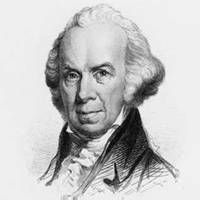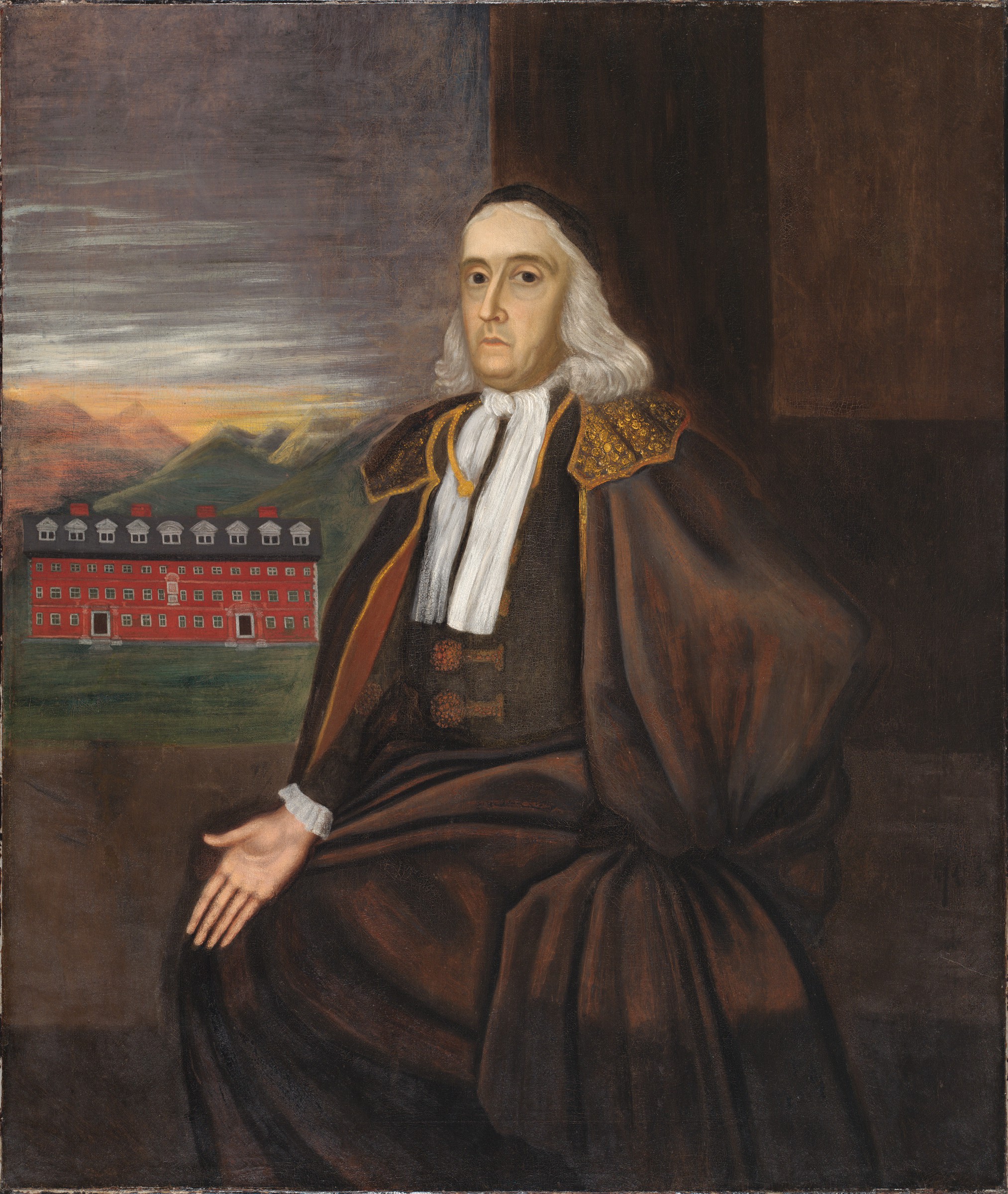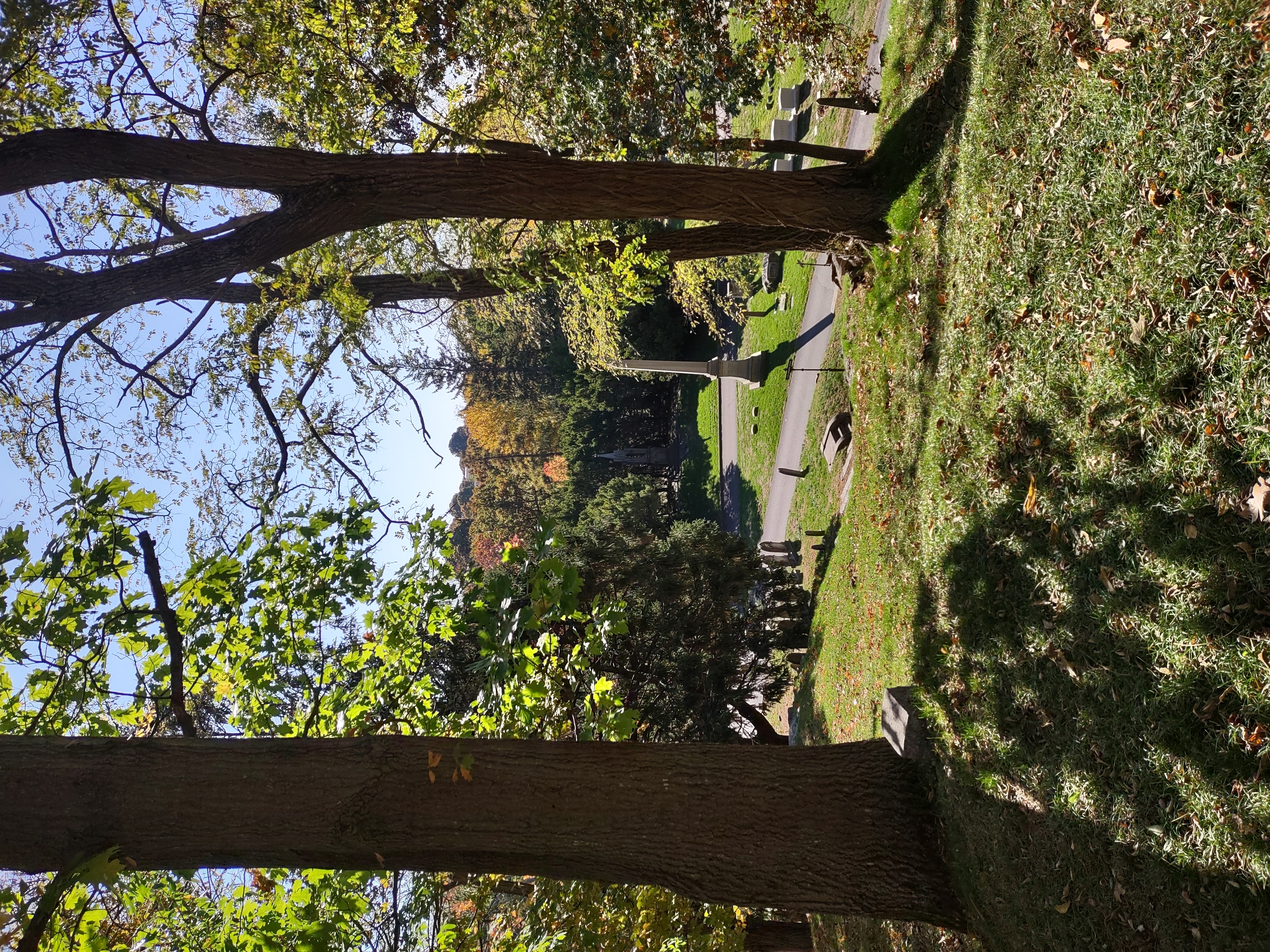|
William Crowninshield Endicott
William Crowninshield Endicott (November 19, 1826 – May 6, 1900) was an American politician and Secretary of War in the first administration of President Grover Cleveland (1885–1889). Early life Endicott was born in Salem, Massachusetts on November 19, 1826. He was a son of William Putnam Endicott and Mary (née Crowninshield) Endicott. He was a direct descendant of the Massachusetts governor, John Endecott, and a first cousin three times removed of another Massachusetts governor, Endicott Peabody. He graduated from Harvard University in 1847 and attended Harvard Law School in 1849–1850. He studied law with Nathaniel J. Lord prior to his admission to the Massachusetts bar in 1850. Career In 1852, he was elected a member of the Salem Common Council and, five years later, became City Solicitor. He was elected a member of the American Antiquarian Society in 1862. In 1853, he entered into a law partnership with J. W. Perry under the name Perry & Endicott, which was dis ... [...More Info...] [...Related Items...] OR: [Wikipedia] [Google] [Baidu] |
United States Secretary Of War
The secretary of war was a member of the President of the United States, U.S. president's United States Cabinet, Cabinet, beginning with George Washington's Presidency of George Washington, administration. A similar position, called either "Secretary at War" or "Secretary of War", had been appointed to serve the Congress of the Confederation under the Articles of Confederation between 1781 and 1789. Benjamin Lincoln and later Henry Knox held the position. When Washington was inaugurated as the first President under the United States Constitution, Constitution, he appointed Knox to continue serving as Secretary of War. The secretary of war was the head of the United States Department of War, War Department. At first, he was responsible for all military affairs, including United States Navy, naval affairs. In 1798, the United States Secretary of the Navy, secretary of the Navy was created by statute, and the scope of responsibility for this office was reduced to the affairs of th ... [...More Info...] [...Related Items...] OR: [Wikipedia] [Google] [Baidu] |
American Antiquarian Society
The American Antiquarian Society (AAS), located in Worcester, Massachusetts, is both a learned society and a national research library of pre-twentieth-century American history and culture. Founded in 1812, it is the oldest historical society in the United States with a national focus. Its main building, known as Antiquarian Hall, is a U.S. National Historic Landmark in recognition of this legacy. The mission of the AAS is to collect, preserve and make available for study all printed records of what is now known as the United States of America. This includes materials from the first European settlement through the year 1876. The AAS offers programs for professional scholars, pre-collegiate, undergraduate and graduate students, educators, professional artists, writers, genealogists, and the general public. The collections of the AAS contain over four million books, pamphlets, newspapers, periodicals, graphic arts materials and manuscripts. The Society is estimated to hold copies ... [...More Info...] [...Related Items...] OR: [Wikipedia] [Google] [Baidu] |
List Of Justices Of The Massachusetts Supreme Judicial Court ...
Following is a list of justices of the Massachusetts Supreme Judicial Court. Current justices Superior Court of Judicature (1692–1775) Justices appointed by the Provincial Congress (1775–80) Three men declined appointment to the Court during this period: William Reed in 1775, Robert Treat Paine in 1776, and James Warren in 1777. Justices under the State Constitution (1780–present) List of justices Notes Sources * {{Justices of the Massachusetts Supreme Judicial Court Judges of the Supreme Court Massachusetts Massachusetts (Massachusett: ''Muhsachuweesut Massachusett_writing_systems.html" ;"title="nowiki/> məhswatʃəwiːsət.html" ;"title="Massachusett writing systems">məhswatʃəwiːsət">Massachusett writing systems">məhswatʃəwiːsət'' En ... [...More Info...] [...Related Items...] OR: [Wikipedia] [Google] [Baidu] |
United States Army Center Of Military History
The United States Army Center of Military History (CMH) is a directorate within the United States Army Training and Doctrine Command. The Institute of Heraldry remains within the Office of the Administrative Assistant to the Secretary of the Army. The center is responsible for the appropriate use of history and military records throughout the United States Army. Traditionally, this mission has meant recording the official history of the army in both peace and war, while advising the army staff on historical matters. CMH is the flagship organization leading the Army Historical Program. CMH is also in charge of the National Museum of the United States Army, which was recently completed at Fort Belvoir, Virginia. Mission The center traces its lineage back to historians under the Secretary of War who compiled the ''Official Records of the Rebellion'', an extensive history of the American Civil War begun in 1874. A similar work on World War I was prepared by the Historical Section o ... [...More Info...] [...Related Items...] OR: [Wikipedia] [Google] [Baidu] |
Harmony Grove Cemetery
Harmony Grove Cemetery is a rural cemetery in Salem, Massachusetts. It was established in 1840 and is located at 30 Grove Street. The cemetery is approximately 35 acres in size and was designed by Francis Peabody and Alexander Wadsworth. The cemetery includes the Gothic revival Blake Memorial Chapel of 1905. Notable burials * James Armstrong (1794–1868), American Commodore * Frank Weston Benson (1862–1951), American Impressionist artist * John Prentiss Benson (1865–1947), Maritime paintings artist * William Bentley (1759–1819), Unitarian minister and diarist * Captain John Bertram (1796–1882) Founder of Salem Hospitalbr> When John Bertram died in March 1882, his widow donated their home, Chestnut Street District#John Bertram Mansion, John Bertram Mansion, a High Style Italianate brick and brownstone mansion that was built at 370 Essex Streeand this became the Salem Public LibraryIn addition Salem Common Historic District (Salem, Massachusetts)#John Bertram Hou ... [...More Info...] [...Related Items...] OR: [Wikipedia] [Google] [Baidu] |
Joseph Chamberlain
Joseph Chamberlain (8 July 1836 – 2 July 1914) was a British statesman who was first a radical Liberal, then a Liberal Unionist after opposing home rule for Ireland, and eventually served as a leading imperialist in coalition with the Conservatives. He split both major British parties in the course of his career. He was the father, by different marriages, of Nobel Peace Prize winner Austen Chamberlain and of Prime Minister Neville Chamberlain. Chamberlain made his career in Birmingham, first as a manufacturer of screws and then as a notable mayor of the city. He was a radical Liberal Party member and an opponent of the Elementary Education Act 1870 on the basis that it could result in subsidising Church of England schools with local ratepayers' money. As a self-made businessman, he had never attended university and had contempt for the aristocracy. He entered the House of Commons at 39 years of age, relatively late in life compared to politicians from more privileged backg ... [...More Info...] [...Related Items...] OR: [Wikipedia] [Google] [Baidu] |
Massachusetts Historical Society
The Massachusetts Historical Society is a major historical archive specializing in early American, Massachusetts, and New England history. The Massachusetts Historical Society was established in 1791 and is located at 1154 Boylston Street in Boston, Massachusetts, and is the oldest historical society in the United States. The society's building was constructed in 1899 and added to the National Register of Historic Places in 1966. In 2016, the Boston Landmarks Commission designated it a Boston Landmark. History The society was founded on January 24, 1791, by Reverend Jeremy Belknap to collect, preserve, and document items of American history. He and the nine other founding members donated family papers, books, and artifacts to the society to form its initial collection. Its first manuscript was published in 1792, becoming the first historical society publication in the United States. The society incorporated in 1794; signatories included William Baylies, Jeremy Belknap, Alden Brad ... [...More Info...] [...Related Items...] OR: [Wikipedia] [Google] [Baidu] |
Joseph Peabody
Joseph Peabody (December 9, 1757 – January 5, 1844) was a merchant and shipowner who dominated trade between Massachusetts and the Far East for a number of years. Family and career He was descended from Francis Peabody of St. Albans, England, in 1635. He was one of the first settlers of Topsfield, Massachusetts. During the American Revolutionary War he was an officer on privateers, and acted with credit as second officer of the letter of marque ''Ranger''. He was captain of several merchant vessels, and his company built 83 ships. He became extremely wealthy and used that wealth for philanthropy. Peabody was the wealthiest merchant-shipowner of Salem, Massachusetts between the embargo of 1807 and 1845. Brig ''Leander'' His brig ''Leander'' tons, built at Salem in 1821, made twenty-six voyages to Europe, Asia Minor, Africa, and the Far East in the twenty-three years of her life. Ship ''George'' The ship ''George'' was by by , displaced , and was designed somewhat like ... [...More Info...] [...Related Items...] OR: [Wikipedia] [Google] [Baidu] |
Spanish–American War
, partof = the Philippine Revolution, the decolonization of the Americas, and the Cuban War of Independence , image = Collage infobox for Spanish-American War.jpg , image_size = 300px , caption = (clockwise from top left) , date = April 21 – August 13, 1898() , place = , casus = , result = American victory *Treaty of Paris (1898), Treaty of Paris of 1898 *Founding of the First Philippine Republic and beginning of the Philippine–American War * German–Spanish Treaty (1899), Spain sells to Germany the last colonies in the Pacific in 1899 and end of the Spanish Empire in Spanish colonization of the Americas, America and Asia. , territory = Spain relinquishes sovereignty over Cuba; cedes Puerto Rico, Guam and the Philippine Islands to the United States. $20 million paid to Spain by the United States for infrastructure owned by Spain. , combatant1 = United State ... [...More Info...] [...Related Items...] OR: [Wikipedia] [Google] [Baidu] |
Seacoast Defense In The United States
Seacoast defense was a major concern for the United States from its independence until World War II. Before Military aviation, airplanes, many of America's enemies could only reach it from the sea, making coastal forts an economical alternative to Standing army, standing armies or a large navy. After the 1940s, it was recognized that fixed fortifications were obsolete and ineffective against aircraft and missiles. However, in prior eras foreign fleets were a realistic threat, and substantial fortifications were built at key locations, especially protecting major harbors. The defenses heavily depended on fortifications but also included Submarine mines in United States harbor defense, submarine minefields, nets and boom (navigational barrier), booms, ships, and airplanes. Therefore, all of the armed forces participated in seacoast defense, but the United States Army Corps of Engineers, U.S. Army Corps of Engineers played the central role in constructing fixed defenses. Designs evo ... [...More Info...] [...Related Items...] OR: [Wikipedia] [Google] [Baidu] |
Board Of Fortifications
Several boards have been appointed by US presidents or Congress to evaluate the US defensive fortifications, primarily coastal defenses near strategically important harbors on the US shores, its territories, and its protectorates. Endicott Board In 1885 US President Grover Cleveland appointed a joint Army, Navy and civilian board, headed by Secretary of War William Crowninshield Endicott, known as the Board of Fortifications (now usually referred to simply as the Endicott Board). The findings of the Board in its 1886 report illustrated a grim picture of neglect of America's coast defenses and recommended a massive $127 million construction program for a series of new forts with breech-loading cannons, mortars, floating batteries, and submarine mines for some 29 locations on the US coast. Coast Artillery fortifications built between 1885 and 1905 are often referred to as Endicott Period fortifications. Prior efforts at harbor defense construction had ceased in the 1870s. Si ... [...More Info...] [...Related Items...] OR: [Wikipedia] [Google] [Baidu] |








